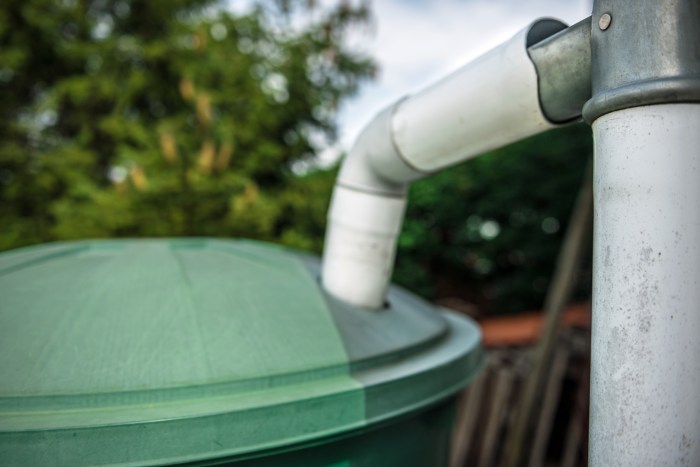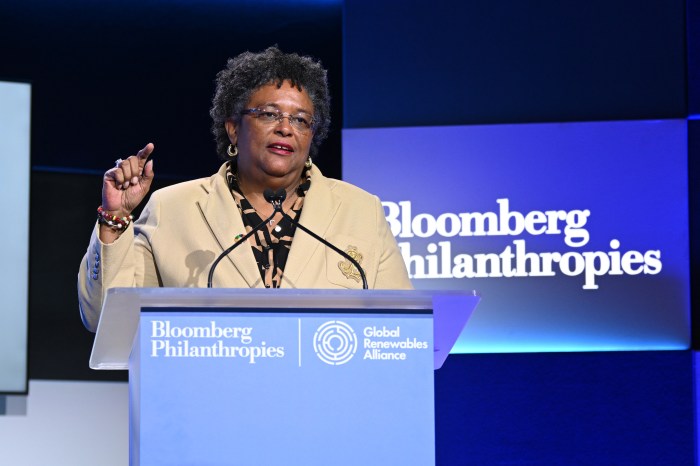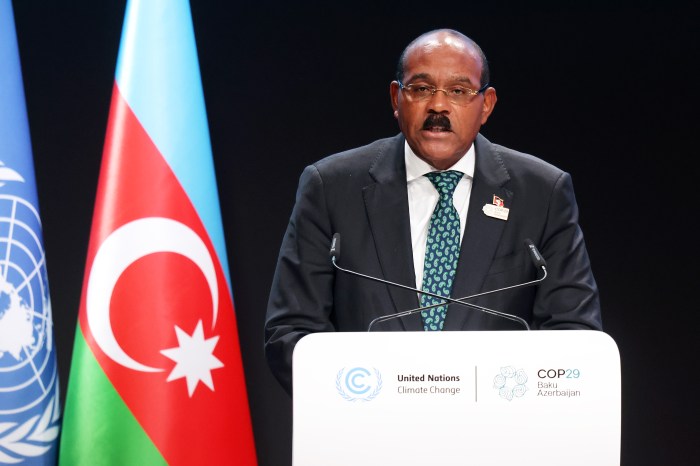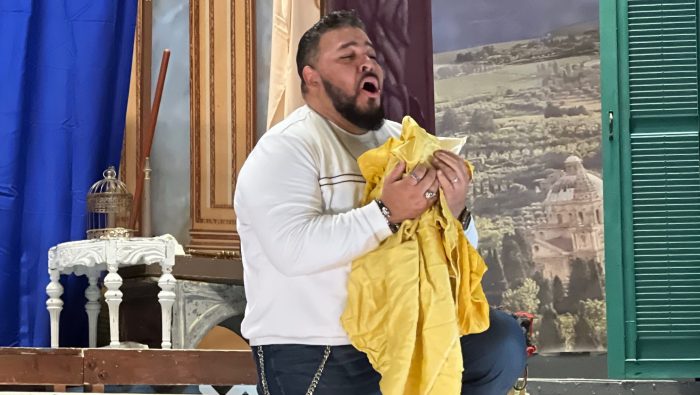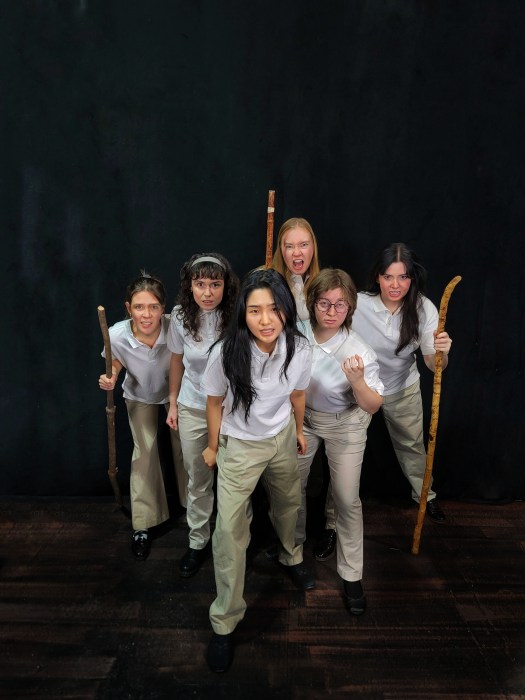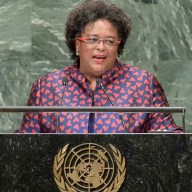Eight years since starting an international tree-planting mission, the Trees That Feed Foundation (TFFF) recently planted their 100,000th tree in Haiti, and sees a hopeful light for the country’s agricultural future following the destructive Hurricane Matthew that wrecked most of the country’s southern region, which was also home to ample crops and trees.
The Illinois-based organization began its environmental commitment in Jamaica, then expanded that mission to Haiti and other smaller islands, and has been planting breadfruit trees and assisting farmers in the Caribbean with maintaining and growing their crops. But since the hurricane, the organization has been seeking solutions to assist Haitian farmers with the tools, rather than create dependency often suggested for the country, said a spokesman for the organization.
“Right now Haiti needs a little bit of everything,” said Mike McLaughlin, secretary treasurer of Trees That Feed Foundation. “People are sending clothes and shoes, and we think that’s good, but what we think is better is helping them help themselves and setting up their own businesses.”
Trees That Feed Foundation primarily plants breadfruit trees, but also plant trees that produce cashews, mangoes, ackee, and other highly consumed foods in a given country. But the primary focus is breadfruit, which is turned into flour to make porridges consumed by children at schools and orphanages in Haiti.
Allowing the locals to learn about the agriculture, the process, and planting have fed many Haitian school children and given farmers work oppurtiniies, said McLaughlin. He says they are able to feed people and create entrepreneurship, while also sustaining the pre-existing local businesses as well, which often suffers with constant aid without investment.
“When you keep giving, you interfere with the local business,” he said. “We don’t just plant trees — we give equipment, we create jobs, and educate people about the value of agriculture, and how to understand the world we live in.”
The organization’s overall goal is to plant one million trees, and it is trying to reach that by expanding TFFF into other islands in the region, specifically in Haiti where widespread deforestation due to charcoal dependency has left Haiti’s agricultural industry in a vulnerable stage. But even with the long road ahead, McLaughlin says he is seeing progress and long-term solutions with the growing awareness TFFF emphasizes with their partners.
“It’s happening already but we can’t declare victory yet — that’s why I go back to education because it’s one of the most important things, and once the government starts to realize it, they can help by taking a more organized approach,” he said.
Once trees such as breadfruit, instead of timber trees are planted, it will begin a reduction in tree cutting, and help locals see the necessity in protecting their environment.
Overall the mission of Trees That Feed Foundation is to ensure the preservation of trees, and build a desire to make the world invest more into the environment, rather than more popular ways of aid, said McLaughlin.
“I want people to understand the importance of agriculture, agroforestry, self sufficiency, and other better ways to help, instead of just sending old shoes,” he said. “There are better ways to do it and you shouldn’t have to do giveaways but you should be helping for the long term. We’re in a perfectly good position and we hope to keep it that way.”


